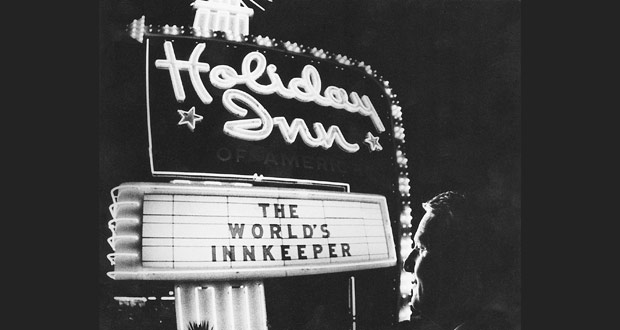
It was IHG that was first to market with an amenity that dramatically impacted the entire industry—the first hotel loyalty program, says William Meyer, chairman of Meyer Jabara Hotels and second-generation hotelier whose father co-owned various Holiday Inns in the 1960s. “Its rewards program was based on an idea borrowed from the success of airline mileage,” he recalls. When Holiday Inn—now IHG—created its Priority Club (now called IHG Rewards Club), it was quite a powerful tool to generate customer loyalty for IHG, and gave them “first mover advantage.” This advantage, Meyer says, has become an expectation among consumers since its nearly universal implementation by properties throughout the industry.
The importance of a guest loyalty program to any property cannot be understated, agrees Cynthia Liu, vice president of operations for Howard Johnson by Wyndham. “A robust loyalty program was a foreign concept in the early days of franchising, yet today, no modern brand—in the hotel space or otherwise—is without one. There’s good reason for that: we know a strong loyalty program drives repeat business, delivering bigger and better returns for owners.” Liu says her company’s Wyndham Rewards is a prime example: “Compared to non-members, our members stay longer, stay more often, and spend more, too.”
Meyer notes another good reason to continue offering loyalty programs. “The main advantage of these programs now is that they have proven helpful in the industry’s efforts to combat online travel agencies, which are often precluded from providing the same rewards offered by the franchisors.”
Read more about the history of franchising here.











